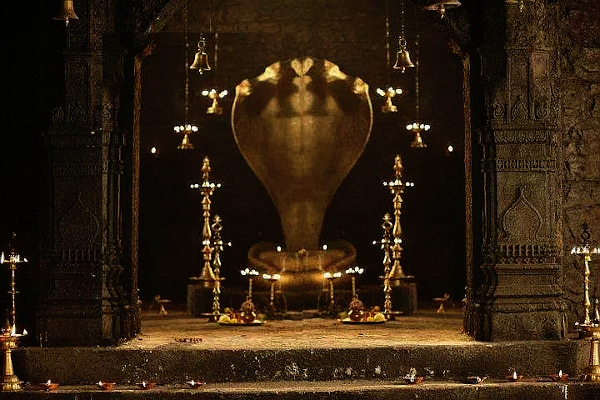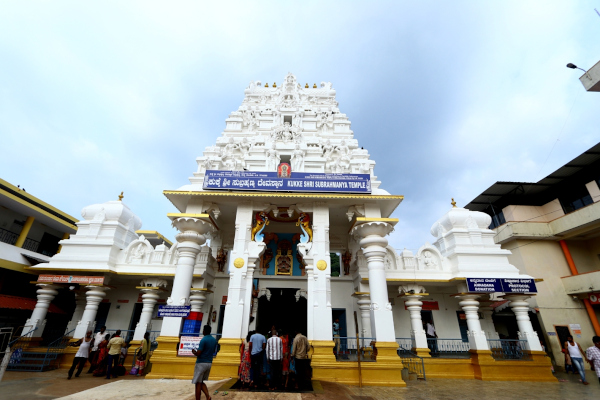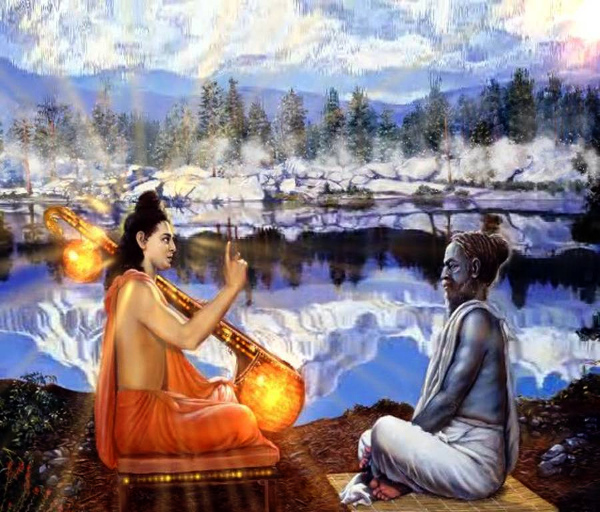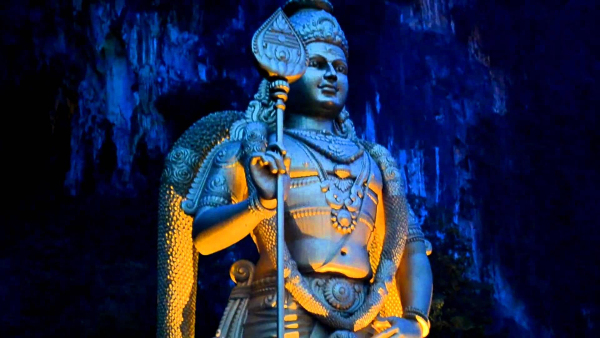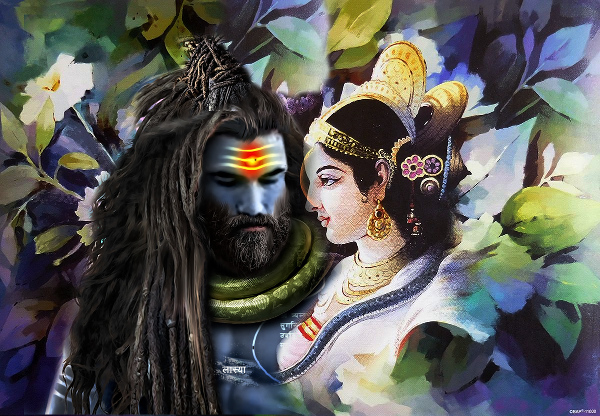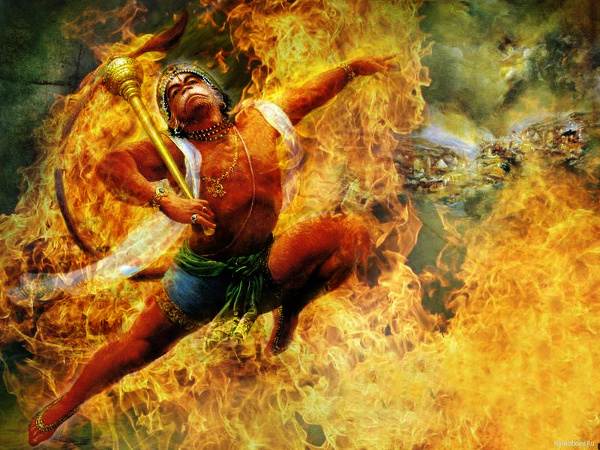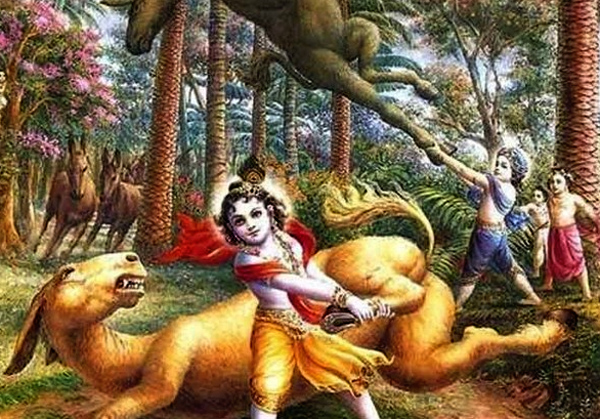Anantha Shesha Naga – The Remainder
Anantha meaning Eternal, unbounded, innumerable, i.e. endless or boundless whether in time, in space. His name comes from the Sanskrit root “sis”, which means, “the One which Remains”. This is due to the fact that Shesha always remains in spite of all the Pralayas (Great Floods), each of which Kalpas (aeons) and yugas (eras) in the past. Interestingly, in Sanskrit texts; especially in those relating to mathematical calculation; the term “Shesha” implies the “remainder” – that which remains, while all else ceases to exist.
